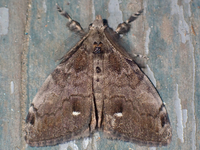
| Recorded by: Mark Basinger on 2025-11-23
Rowan Co.
Comment: | 
| Recorded by: Mark Basinger on 2025-11-22
Rowan Co.
Comment: |

| Recorded by: Jim Petranka on 2025-11-19
Madison Co.
Comment: | 
| Recorded by: Jim Petranka on 2025-11-08
Madison Co.
Comment: |

| Recorded by: Dean Furbish on 2025-11-07
Wake Co.
Comment: | 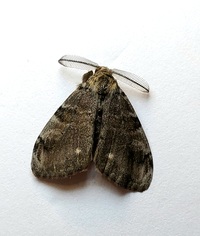
| Recorded by: Mark Basinger on 2025-10-21
Wilson Co.
Comment: |

| Recorded by: Marilyn Westphal on 2025-10-18
Henderson Co.
Comment: | 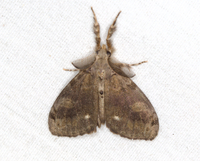
| Recorded by: Jim Petranka, Becky Elkin, Marilyn Westphal and Nora Murdock on 2025-10-18
Henderson Co.
Comment: |

| Recorded by: Marilyn Westphal on 2025-10-08
Henderson Co.
Comment: | 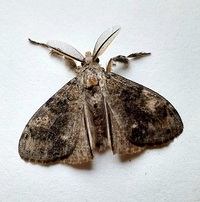
| Recorded by: Mark Basinger on 2025-10-06
Rowan Co.
Comment: |
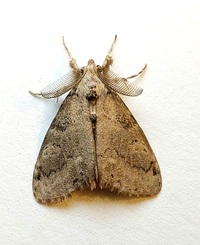
| Recorded by: Mark Basinger on 2025-10-02
Richmond Co.
Comment: | 
| Recorded by: Mark Basinger on 2025-10-02
Richmond Co.
Comment: |
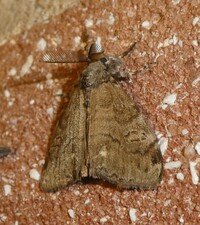
| Recorded by: Simpson Eason on 2025-10-01
Durham Co.
Comment: | 
| Recorded by: Mark Basinger on 2025-09-22
Wilson Co.
Comment: |

| Recorded by: Mark Basinger on 2025-09-22
Wilson Co.
Comment: | 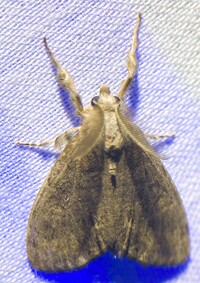
| Recorded by: Dean Furbish and Joy Wiggins on 2025-09-11
Wake Co.
Comment: |

| Recorded by: David George on 2025-09-10
Durham Co.
Comment: | 
| Recorded by: Mark Basinger on 2025-09-09
Wilson Co.
Comment: |

| Recorded by: Michael P Morales on 2025-08-29
Cumberland Co.
Comment: | 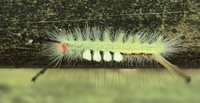
| Recorded by: Michael P Morales on 2025-08-29
Cumberland Co.
Comment: |

| Recorded by: Mark Basinger on 2025-08-27
Wilson Co.
Comment: | 
| Recorded by: Allison Garton on 2025-08-20
Moore Co.
Comment: |

| Recorded by: Mark Basinger on 2025-08-18
Wilson Co.
Comment: | 
| Recorded by: Michael P Morales on 2025-08-15
Cumberland Co.
Comment: |
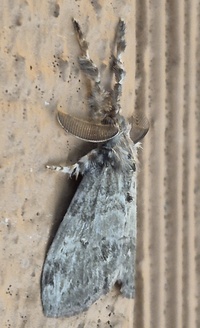
| Recorded by: Michael P Morales on 2025-08-15
Cumberland Co.
Comment: | 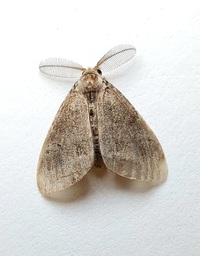
| Recorded by: Mark Basinger on 2025-08-11
Ashe Co.
Comment: |

| Recorded by: Mark Basinger on 2025-07-31
Wilson Co.
Comment: | 
| Recorded by: David George on 2025-06-26
Orange Co.
Comment: |
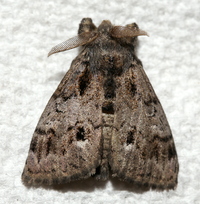
| Recorded by: David George, Jeff Niznik on 2025-05-24
Richmond Co.
Comment: | 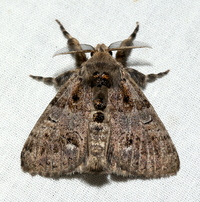
| Recorded by: David George, Jeff Niznik, Jim Petranka, Becky Elkin on 2025-05-24
Richmond Co.
Comment: |
|

 »
»